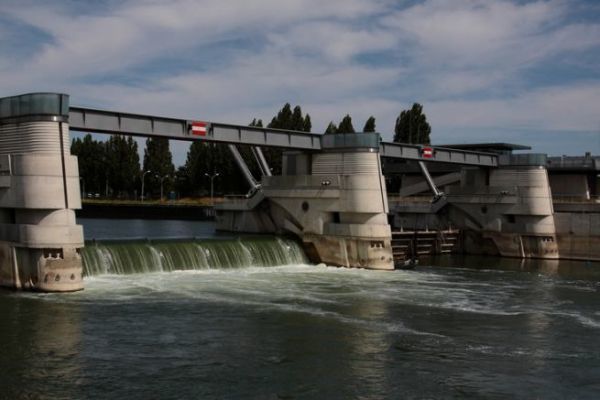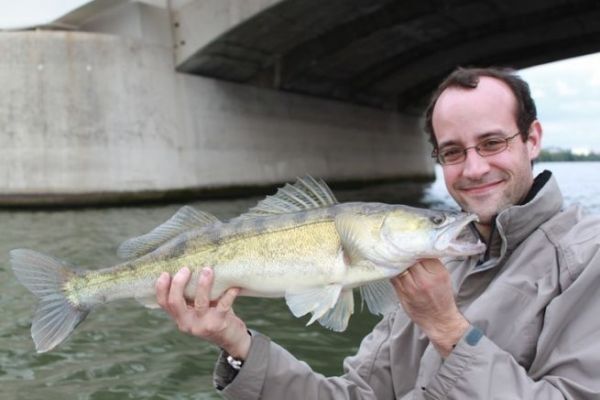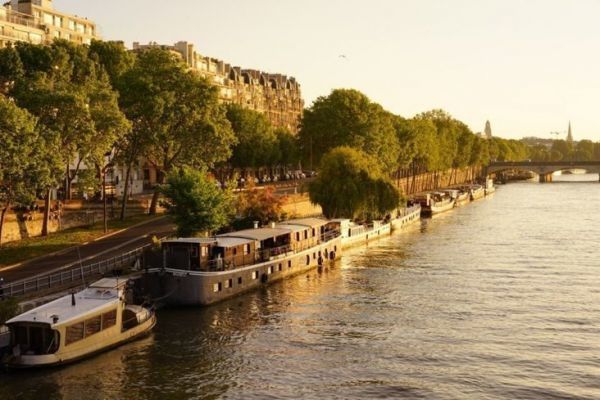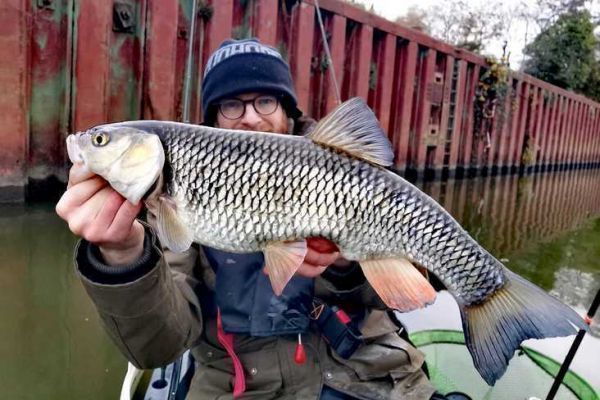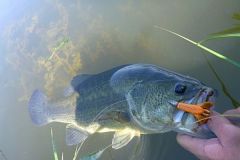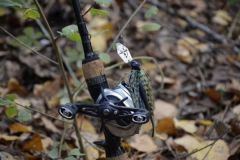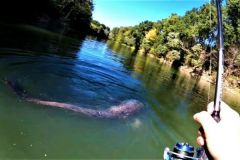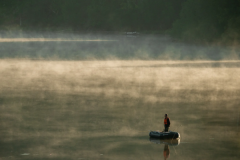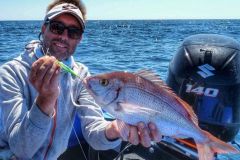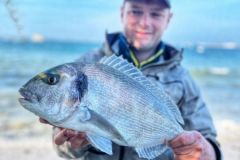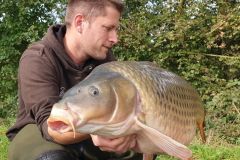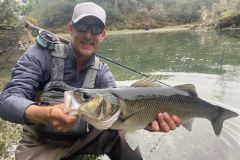All the fishermen who walk along the rivers, sooner or later throw their lure at the foot of a bridge pier. They are obviously right, because it is a strategic spot for a great number of species and in particular the carnivorous ones.
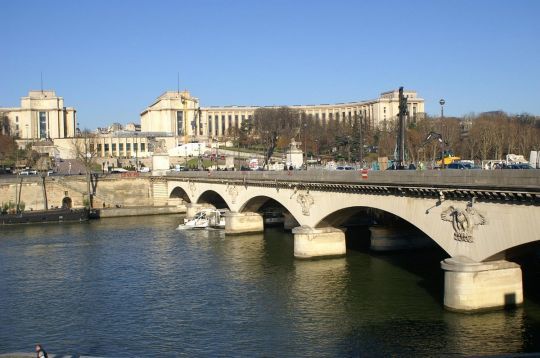
A current deviation
The first reason why bridge piers are excellent for fishing is that they channel and divert the river's current. Thus, they create current accelerations and centralize the supply of food in marked and specific water veins. At the head of the pile and on the sides in particular, it is a strategic position for chub in search of any drifting insect.

The calm behind the stack
Behind the bridge pier, on the other hand, there is a counter-current and a cushion which constitutes a calm zone where food accumulates. Both comfortable from an energy point of view and strategic from a food point of view, this calm zone is a choice position to find pikeperch in particular. Depending on their activity and the strength of the current, you can find them in the calm zone, in the water vein or at the edge of both.
A crowded post
Like any obstacle, bridge piers end up accumulating a lot of drifting debris and this exponentially increases their power of attraction for different fish species. Indeed, it allows them to hide or lie in wait depending on their status in the food chain. On the other hand, this makes fishing much more difficult and costly in terms of equipment. It is therefore very important to control your casting angles and line direction to avoid snags. The use of Texas hooks is an excellent alternative.
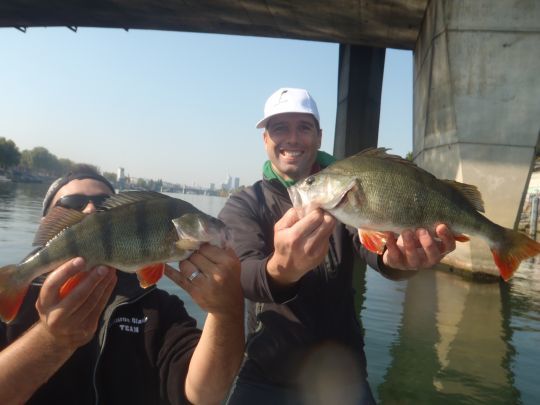
A bulwark against the sun
What makes bridge piers an excellent spot for carnivorous fish and in particular for pike-perch is that they offer a permanent shadow zone. This species is particularly sensitive to light and especially when the water is clear, they will then seek the areas offering the least light. The pike-perch will not always be active, but often present around its structures.
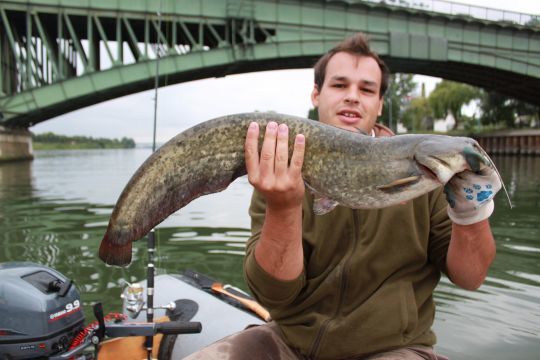
A wall that makes hunting easier
Like the banks or the surface, the bridge piers constitute a literal wall against which the carnivores will come to corner the prey to capture them more easily. By reducing their possibility of escape, it is thus easier to seize them. That's why when you see hunting, it will often occur at the bottom of the pile. Even outside of this context, the number of hits often increases as your throws and drifts become more accurate and closer to the structure.

 /
/ 

